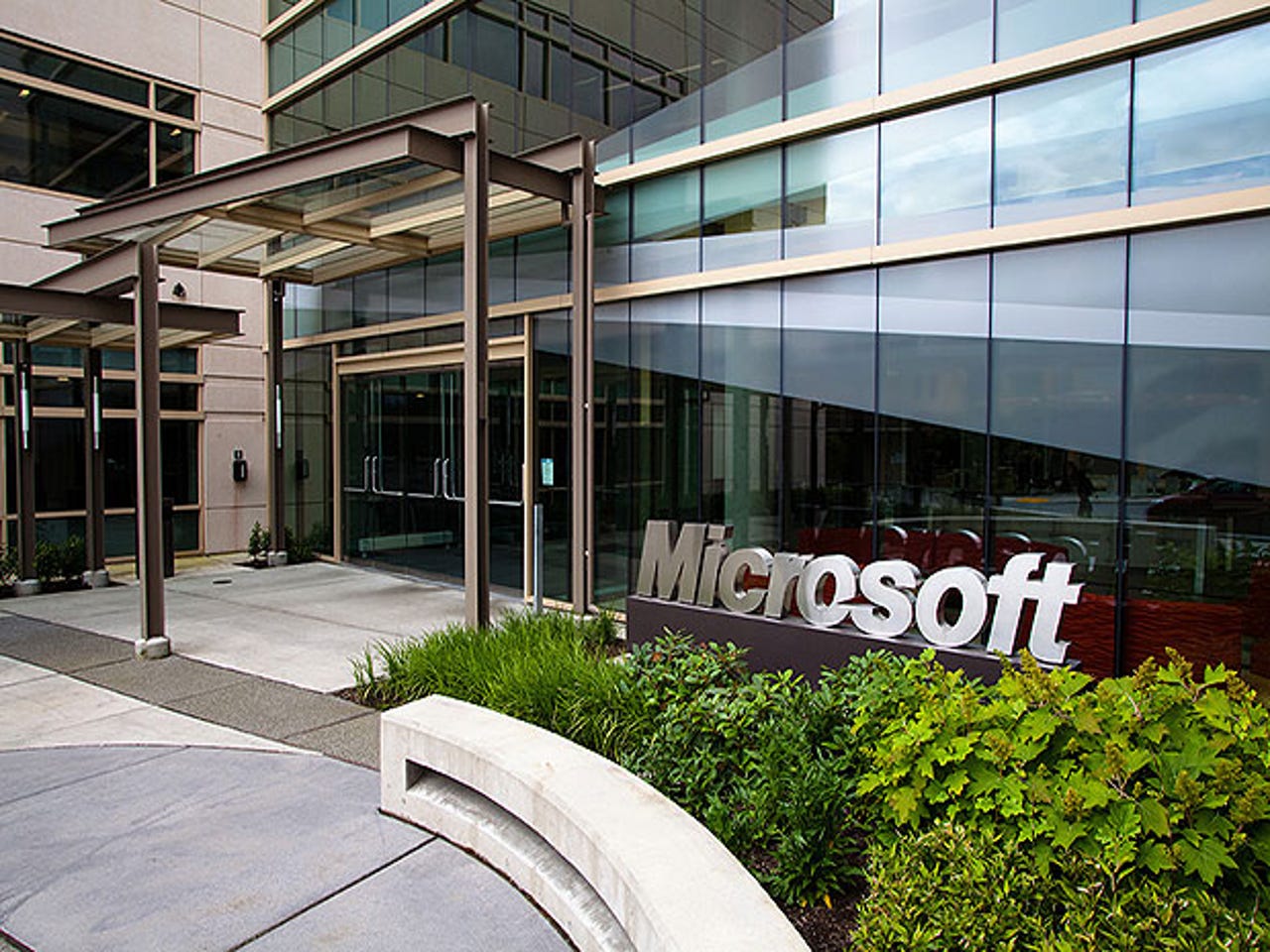Decoding the language of Microsoft: What 'growth hacking' means to Redmond


Microsoft, like so many others, is a company with its own language. That shouldn't be surprising, as more people work at Microsoft than live on the island where I was born.
With nearly 100,000 people in the company, it's going to develop its own way of talking — starting with the obvious Redmond dialect; starting sentences with "So" and being "super-excited" about everything.
But the real language of Microsoft is the language of the business, the short cuts that describe a common ground of processes and procedures. Talk regularly to the folk from Redmond and you'll quickly build a lexicon of terms that serve as a useful primer to the way things work. So it's super-interesting to see new terms enter the Microsoft jargon-file, terms that are intriguingly non-Microsoft. In fact, they're phrases out of the venture capital world of Silicon Valley.
One phrase that's going around is "growth hacking". Often seen as just a Silicon Valley way of talking about marketing, it's actually a technique for analysing products and marketing that's very close to the existing Microsoft data driven way of working.
Instead of leaving marketing to marketers, growth hacking gives fast-moving product teams the opportunity to come up with a combined strategy that mixes product design with marketing; making hypotheses about feature uptake and marketing messages, and then testing them in the real world; quickly pulling back if they don't work. Measurement is key, and if you can't measure something, you can't manage it, so you can't try it out.
Hypothesis-driven development isn't new; it's the way things work at Amazon and Expedia. But it's interesting to see just how deeply the philosophy is being embedded at Microsoft — and how quickly. Microsoft's product managers, the ubiquitous PMs, have always been tasked with being the voice of the user inside the company, so it's not surprising seeing them taking more ownership of how their products and features are developed.
Techniques like this wouldn't have worked in the old Microsoft. Three year product lifecycles don't work with approaches that require tuning products and marketing on short time scales. Expedia's two or three week sprints make more sense when a product team has to present and test a hypothesis, with just a few days to see if their predictions match with reality. So the new Microsoft, with its two week product cycles on its cloud and consumer services is much more likely to see the benefits of growth hacking.
You can see how that's shaping up in the two week cycle that's being used to accelerate development of the Xbox Music app. It's letting Microsoft try new features and, perhaps more importantly, new ways of exposing existing features to users. In just a couple of sprints an app that I pretty much ignored has become one I'm starting to use, and I suspect, if things continue in the direction they are and at this pace, one that could soon replace my current selection of music apps and tools.
That's how growth hacking works, trying to meet a user need and tuning an app or a service so it grows the way you expect, and the way you want. You need to be able to suggest possible changes and the effects you expect them to have, and to be able to measure usage at a very granular level. If, for example, you expect a UI change to affect the way people use a playlist, you need to be able to measure not just the effects of the change, but also need to be able to compare it with how users worked with playlists before the change (while being taking into account other changes in the app from other feature teams).
Could the recent decoupling of Kinect and Xbox One be one of Microsoft's earliest public experiment with growth-hacking? After all, the company had been committed to shipping a bundled Kinect with every device, and selling standalone Xbox Ones seemed an unlikely turn around. But if you look at it as a growth hack, attempting to sell more devices by making the price closer to that of Sony's PS4, the move makes more sense. The hypothesis could well be that bundled Kinect makes the Xbox seem more expensive, so by removing it the Xbox team will be able to see if there's a corresponding uptick in sales. If the numbers don't show much change, then expect to see the bundled package back on the shelves.
Microsoft's changes are deeper and more fundamental than you might think. While the One Microsoft message is at the heart of the company's reorganisation, its new structure and a devolution of power to the product teams is intended to make the company behave much more like a series of co-operating start-ups. Agility and responsiveness aren't words you'd have associated with Microsoft; but it looks like we're going to have to start using them.
Further reading